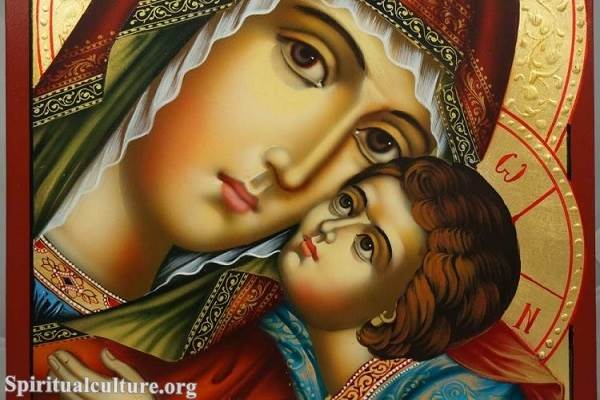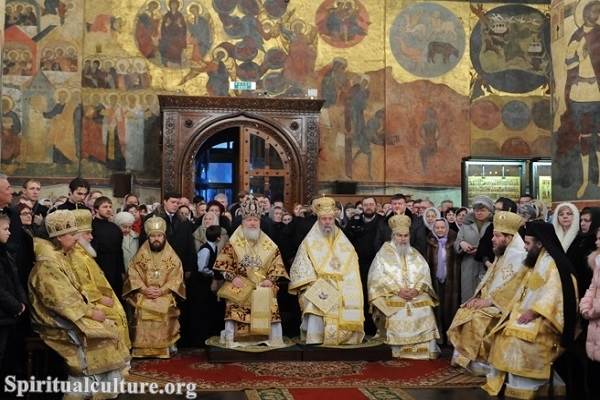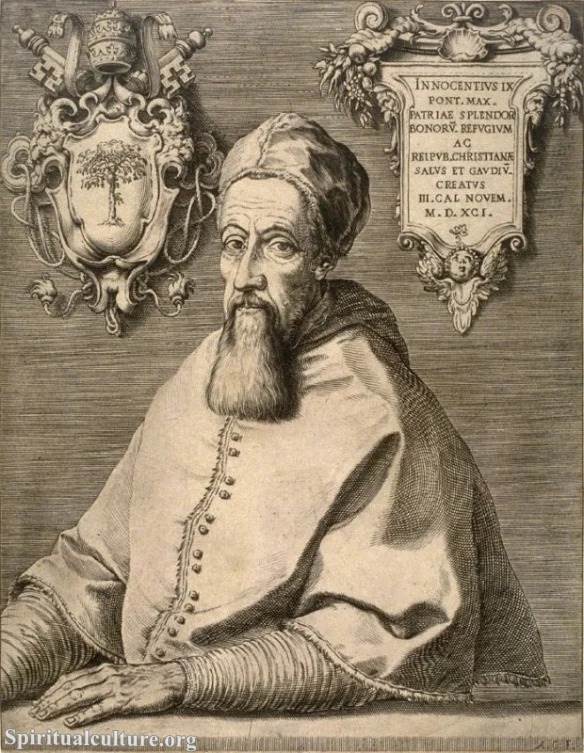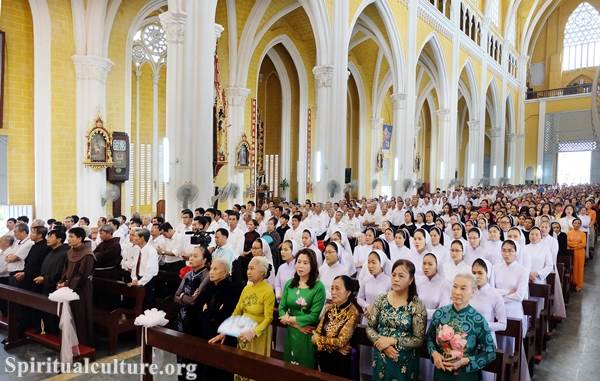Pope Sixtus V was born on December 13, 1521, in Grottammare, Italy. He joined the Franciscan order at a young age and later entered the Capuchin order, where he was ordained a priest in 1547.
After serving in various positions in the church, Sixtus was appointed bishop of Fermo in 1566. In 1585, he was elected pope, succeeding Pope Gregory XIII. During his brief papacy, Sixtus V implemented many reforms and initiated several important projects in Rome. He was a strong advocate of papal authority and took a hard line against heresy.
Sixtus V is perhaps best known for his ambitious urban planning projects in Rome, which included the construction of new streets, bridges, and aqueducts, as well as the restoration of many ancient buildings. He also established the Vatican Archives and reformed the Roman Curia, the administrative body of the Catholic Church.
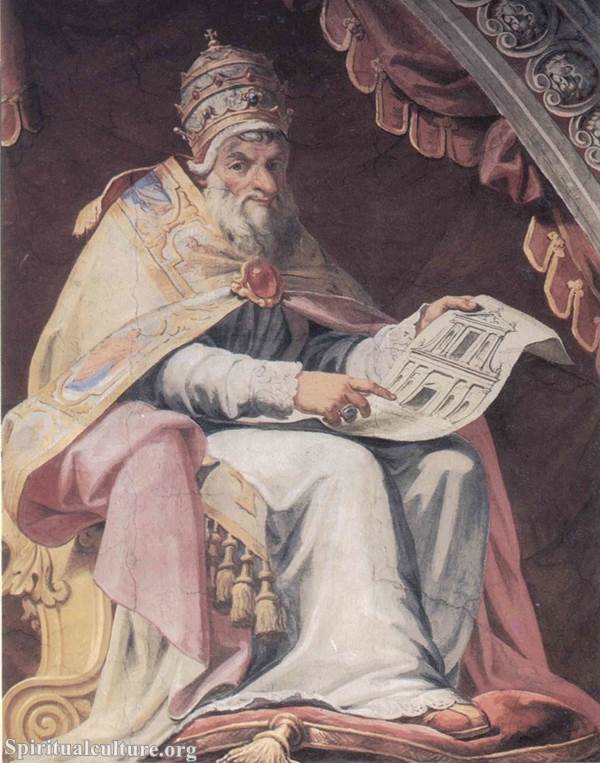
Sixtus V died on August 27, 1590, after a relatively short but eventful papacy. He was succeeded by Pope Urban VII, who died after only 12 days in office, and then by Pope Gregory XIV.
Sixtus V was known for his strong leadership and his determination to reform the Catholic Church. He was a firm believer in the power and authority of the papacy, and he worked tirelessly to promote its interests.
One of his most important accomplishments was the completion of the Codex Vaticanus, a compilation of all the laws and regulations of the Catholic Church. He also established the Congregation of the Holy Office, a tribunal responsible for investigating and punishing heresy.
Another significant project initiated by Sixtus V was the construction of the Sistine Chapel. He commissioned the renowned Italian architect Domenico Fontana to carry out the work, and the chapel was completed in time for the pope’s coronation in 1585.
Despite his many achievements, Sixtus V was not universally popular. His strict approach to governance and his authoritarian tendencies often put him at odds with other members of the Catholic Church hierarchy. Nevertheless, his legacy as a reformer and patron of the arts and architecture remains an important part of Catholic Church history.
